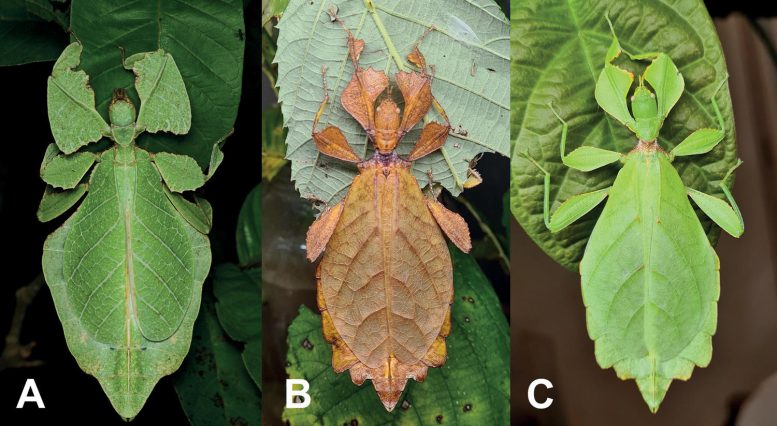
Appearances can be deceptive: the appearance of leaf insects does not necessarily reflect their species affiliation. While Pulchriphyllium anangu (A) is a new, distinct species from India, the other two individuals (B and C) both belong to the newly described Philippine species Phyllium ortizi, despite their external differences. Credit: Vishwanath Gowda (A), Maxime Ortiz (B and C)
An international team of scientists, including researchers from the University of Göttingen, has unveiled seven new species of leaf insects, commonly known as walking leaves.
A team of international researchers, including experts from the University of Göttingen, has identified seven new species of leaf insects, also known as “walking leaves.” These insects are part of the stick and leaf insect order and are known for their unusual appearance: they look confusingly similar to parts of plants such as twigs, bark, or – in the case of leaf insects – leaves.
Their advanced camouflage not only serves as a defense mechanism against predators but also poses a challenge for scientific study. Through genetic analysis, the scientists were able to uncover “cryptic species,” which look identical externally but are genetically distinct. This research has significant implications not only for the systematic classification of leaf insects but also for the conservation of their biodiversity. The findings were recently published journal ZooKeys.
Taxonomy – meaning the naming, description, and classification of species – is difficult in the case of leaf insects: individuals of different species can be difficult to tell apart, yet there can be huge variations within a species.
“Individuals of different species are often counted as belonging to the same species based on their appearance. We were only able to identify some of the new species by their genetic characteristics,” explains the Project Lead, Dr Sarah Bank-Aubin, Göttingen University’s Animal Evolution and Biodiversity Department.
Some individual insects from India were previously thought to belong to a species that is widespread in Southeast Asia. But now the researchers have found out that they are a completely new species of leaf insects.
Bank-Aubin emphasizes: “The finding is important for species conservation: if all the individuals die out in India, it is not just a group within a species that is reduced, as was previously thought. In fact, a whole distinct species is being wiped out. This means that the Indian species is particularly important to protect.”
Other newly discovered species come from Vietnam, Borneo, Java, and the Philippines.
The researchers from Göttingen University worked with leaf insect expert Royce Cumming, City University New York. This research collaboration has led to the identification of over twenty new species.
Dr Sven Bradler, who has been researching the evolution of stick and leaf insects at the University of Göttingen for more than 20 years, explains: “There are around 3,500 known species of stick and leaf insects and there are currently just over 100 described species of leaf insect. Although they only make up a small fraction of this diverse family of insects, their spectacular and unexpected appearance makes them unique.”
Reference: “On seven undescribed leaf insect species revealed within the recent “Tree of Leaves” (Phasmatodea, Phylliidae)” by Royce T. Cumming, Stéphane Le Tirant, Jackson B. Linde, Megan E. Solan, Evelyn Marie Foley, Norman Enrico C. Eulin, Ramon Lavado, Michael F. Whiting, Sven Bradler and Sarah Bank, 3 August 2023, ZooKeys.
DOI: 10.3897/zookeys.1173.104413


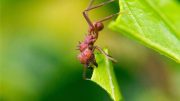

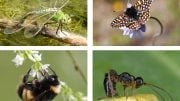
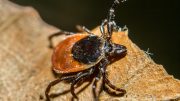
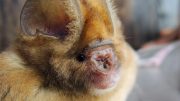

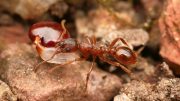
Be the first to comment on "Scientists Discover 7 “Cryptic” New Species of Walking Leaves"